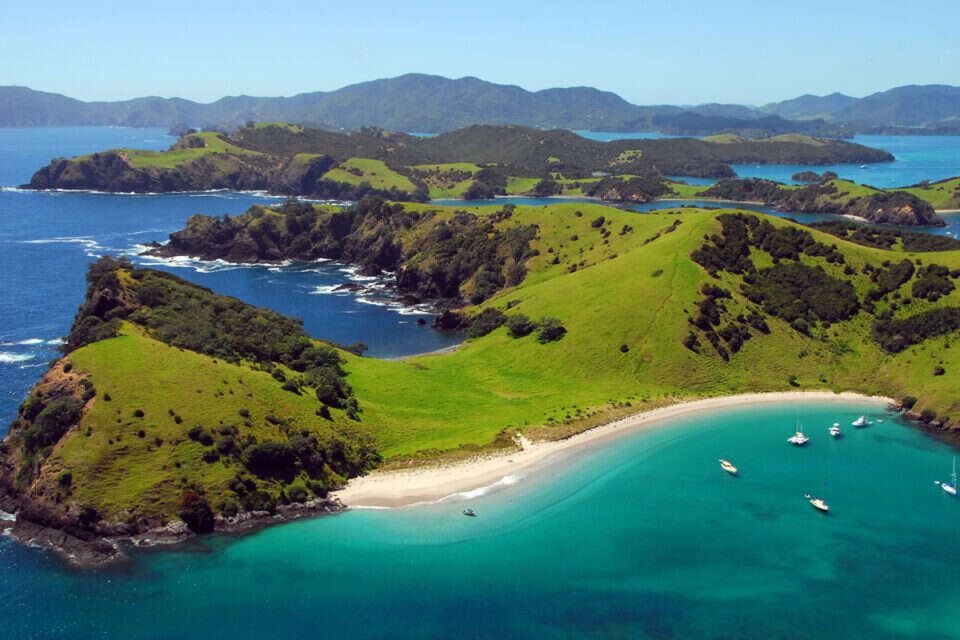New Zealand is now considered part of the Oceania continent, which also includes Australia, Papua New Guinea, southern Indonesia and many small islands – but geologists believe that it was once the center of an eighth continent called Zealand or Zealandia, which inhabited the Earth alongside Oceania, Europe, South America, North America, Antarctica, Asia and Africa. Now, they claim to have finished mapping its territory. ChatGPT helped us with the details of the rediscovery:
Zealandia's fate is intertwined with that of the ancient supercontinent Gondwana. Hundreds of millions of years ago, Gondwana broke apart and its parts moved away from each other, giving rise to the continents we know today. About 80 million years ago, Zealandia followed suit—but unlike the original continent, it didn't exactly fall apart, but simply largely sank under the ocean, leaving only a small part visible—a part that includes New Zealand and a few nearby islands.
A recent study by scientists at GNS Science in New Zealand, led by Nick Mortimer, who has been leading the argument for a separate continent for the past decade, published this month in Tectonics, documented their meticulous efforts to analyze the sunken soil. They excavated rock samples from the Pirway Range, which rises thousands of meters above the surrounding ocean floor, to the Coral Sea, in order to delve into the geochemistry of the rock and understand the underwater composition of Zealandia. The findings offer insights into the geological history of the continent. They discovered rock samples millions of years old – from granite and volcanic pebbles about 130 million years old, through sandstone from about 95 million years ago to basaltic lava from about 40 million years ago.
The study not only yielded valuable rock specimens, but also provided a more comprehensive understanding of the geological evolution of Zealandia. The team's observations indicate that traction forces played a significant role in shaping the fate of the continent. These forces led to a split of tectonic plates, which caused ocean water to flow in and created the Tasmanian Sea. Subsequently, another stretch diluted the continental crust, eventually causing Zealandia to split and sink for the rifle.
Despite being largely submerged, Zealandia remains a geological marvel, a testament to the dynamic and evolving nature of the planet. The 'rediscovery' of this ancient continent reminds us that the history of our planet is far from fully understood, and there are still hidden chapters waiting to be uncovered beneath the depths of the ocean.
Wrong? We'll fix it! If you find a mistake in the article, please share with us

